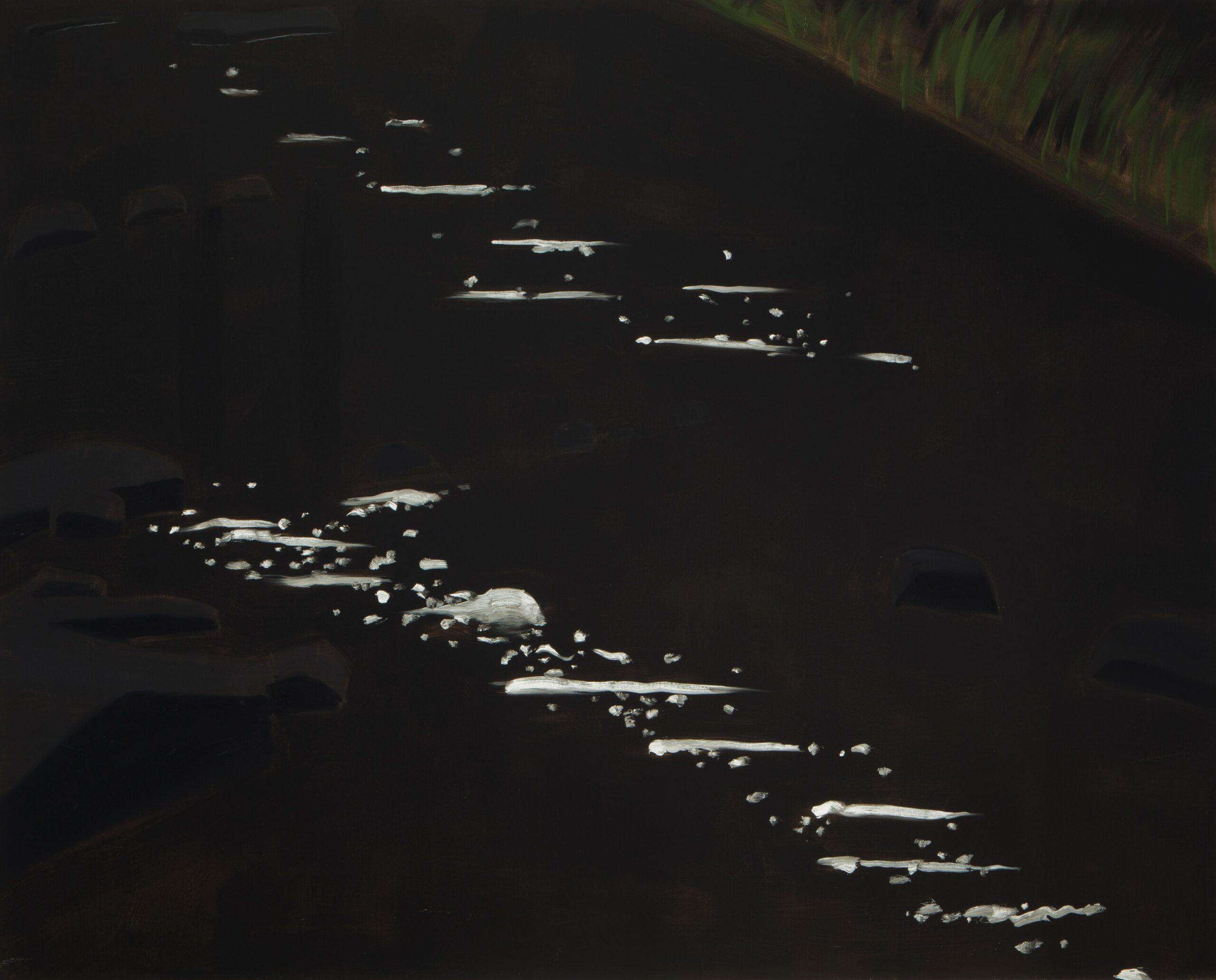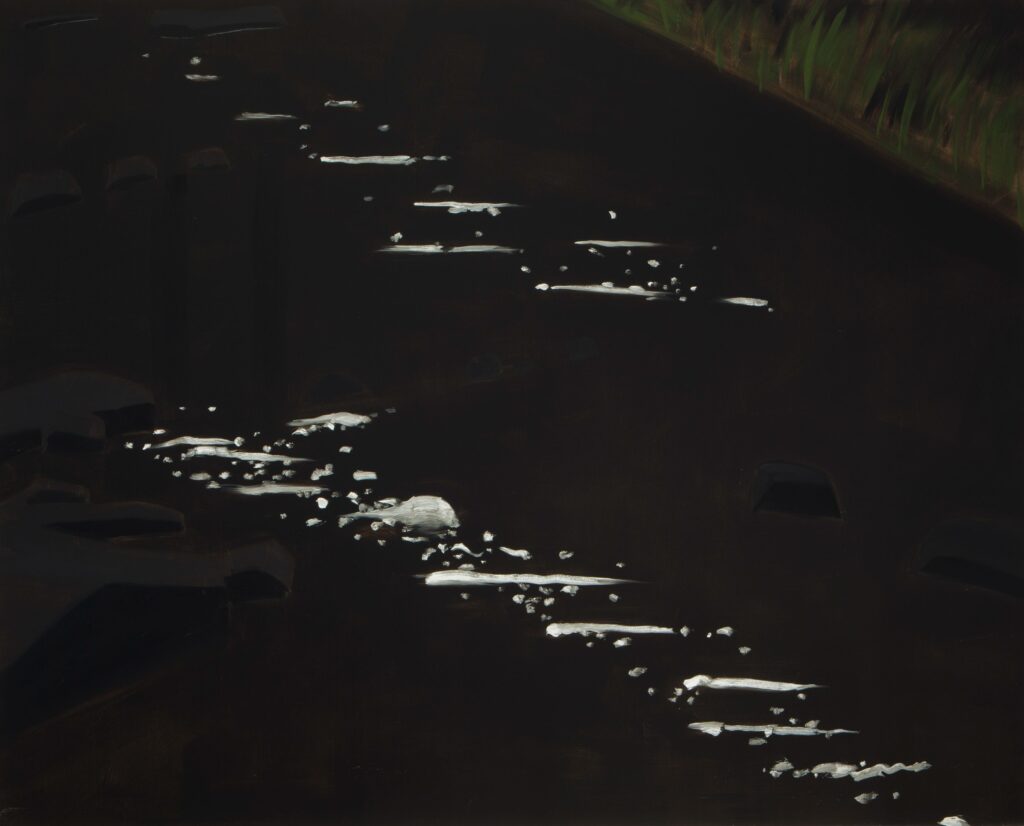Alex Katz


Past exhibition
Alex Katz
About the Exhibition
he Arts Club of Chicago is pleased to announce the opening of an Alex Katz exhibition on Thursday, April 6. The exhibition will feature landscape paintings, early collages, and studies. It will run through May 20 and the artist will be present at the opening tea on April 6 from 4:00 p.m. to 6:00 p.m. The exhibition is free and open to the public.
Alex Katz is one of the most important American artists to have emerged since 1950. Throughout his career, which now spans more than thirty years, Katz has produced a remarkable and impressive body of work that constitutes a unique aspect of modern realism. Perhaps best known for his portraits of his family (his wife, Ada, and his son, Vincent) and a circle of friends composed of artists, poets, critics, and dancers, Katz’s work holds a distinctive place in American art by combining aspects of both abstraction and representation. In recent years, Katz’s interest in landscape painting has come to the fore—even though the artist has, from the fifties’ onward, explored this genre in addition to his portraiture. The Arts Club of Chicago will present a selection of Katz’s landscape works ranging from the 1950s through the late 1990s.
Robert Storr has written that in his landscapes Katz “evokes a wholly desirable and all but unachievable calm and a comfort that lends his pictures their tantalizing and therefore frustrating undercurrent. It is a vista big, inviting, and ultimately remote.” His subject matter is taken from New York City or from his familiar, immediate environment in Maine, where Katz has been spending summers since the 1950s. In Washington Square, 1998, small circles of light, low on the horizon, brighten an otherwise dark, damp-violet evening sky. Small rectangles mark out apartment windows, and quick, broad brushstrokes of deep gray faintly indicate a close-up tree branch. This is a city scene straight out of the movies, with streetlights removed and with a blanket of dark night placed over it instead. To say that Katz’s landscapes “act” like actors or models is not wholly untrue. As Martin Maloney has noted: “Katz gives us nature as Narcissus. He has held a mirror up to nature and she straightened up her hair and adopted a series of poses.”
In Black Brook 14, 1997, and Summer’s End, 1998, Katz examines the romantic melancholy and gothic mystery off nature like the great American 19th century landscape painters Albert Bierstadt, Frederic Edwin Church, and Stanford Robinson Gifford did in their sublime canvasses. And yet Katz’s emphasis on broad planes of color, generous brushstrokes, and smoky tonalities is strictly twentieth-century. In fact, these paintings seem to pay homage to Katz’s immediate predecessors: Barnett Newman, Ad Reinhardt, and Mark Rothko. The viewer is swallowed into the verdant lushness of Green Dusk, 1996: a slight pistachio-colored clearing is visible in the center, but the forest floor—and therefore a path out—is nowhere in sight. Similarly, in Marine 11, 1999, and Pier, 1997, the viewer is presented with a large expanse of water seen from the unlikely, and disorienting, bird’s view perspective. And if their titles are taken away, these two works could be read as purely abstract compositions devoid of recognizable subject matter.
An accompanying catalogue with an essay by Bruce Hainley was published for the exhibition.
About the Artist
Alex Katz was born in New York City in 1927. From 1946-49 he studied at the Cooper Union School of Art in New York, and then at the Skowhegan School of Painting and Sculpture in Maine from 1949-50. In 1972 he was awarded the Guggenheim Grant in Painting. He currently lives and works in New York.
Katz began painting during the heyday of Abstract Expressionism, and early on, even before Minimalism and Pop Art emerged as counter-movements to the reigning abstract style, Katz had begun to go his own way. Certain characteristics of his work began to crystallize immediately; their two-dimensionality, large format, his precise application of paint and a focus on two subjects, man and nature. Aiming for greater pictorial accuracy and a cool detachment throughout the years, the growing format of his paintings has been accompanied by an enlargement of subject matter that extends beyond the picture’s borders. Although Katz still paints from nature, he feels it is a waste of time to paint from nature without having in mind a system for turning what one sees into art.